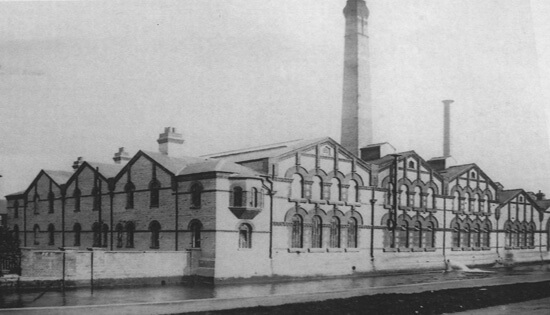Visit Joju Solar at Fully Charged LIVE 2019
Joju Solar will be exhibiting at Fully Charged LIVE again this year. The 3-day event will be held at Silverstone Race Track from Friday 7th – Sunday 9th June. The event is put on by Robert Llewellyn and the team behind the Fully Charged Youtube Channel, and will feature all the latest from the world of electric vehicles, and renewable technologies for the home.
We can safely say that last year’s event was by far the best trade event we’ve ever attended. The expected audience was well exceeded and 65% of those turned up within the first hour of the first day. When the doors opened at 10am, the surging crowds were more like a Black Friday sale than any renewable energy show we’d ever been to.

That’s our stall with the orange posters on the right hand side. We didn’t stop talking solar, battery storage and EVs all weekend!
What to expect this year
This year’s event promises to be even better; the venue is now double the size and there will be a wider range of activities. The highlights include:
- The ability to test drive the latest electric vehicles on the Stowe track. There are an anticipated 1000 daily test drives, but with 10,000+ visitors expected, you are advised to keep an eye on the Fully Charged website for details
- Over 100 exhibitors. We’ll be there of course, but expect to see EV manufacturers, EV chargepoint industry, energy utilities, and other green transport solutions among the stalls.
- Our stall wll feature the latest Tesla Powerwall with back-up gateway, Sunpower’s new super-high-efficiency 400W modules, our latest EV chargepoint products, including lamppost mounted ones.
- There will be 30 live sessions across the course of the weekend, hosted by Fully Charged Presenters Robert Llewellyn, Jonny Smith, Helen Czerski, and Maddie Moate.
- Our Technical Director, Dr Chris Jardine, will be talking about “Streetwise solar, storage and charging for suburban EV drivers” at 12pm on Saturday
So grab your tickets and come and say hello! We’d love to talk to you about any new projects you might have, or simply catch up with our old friends and customers. Hope to see you there!





